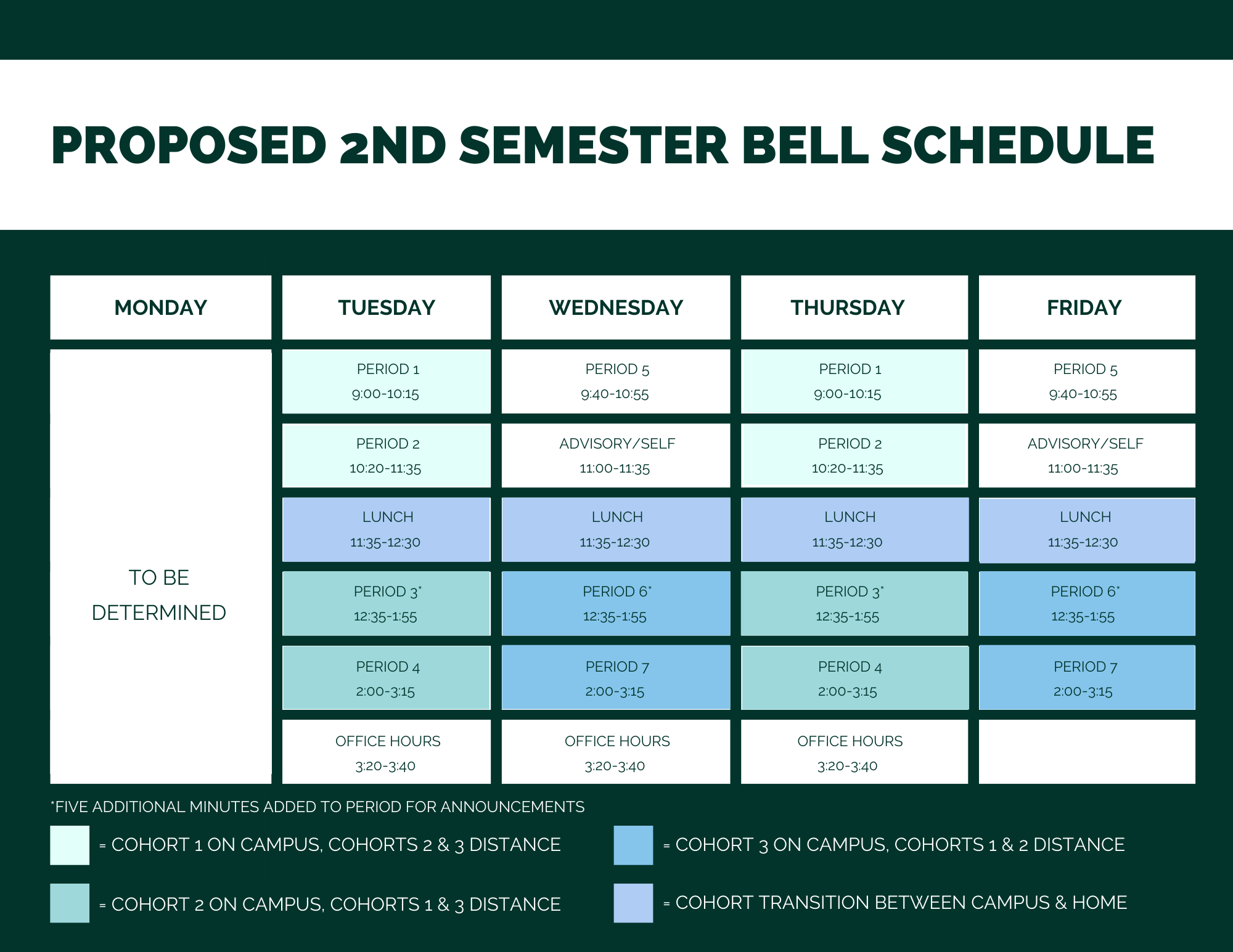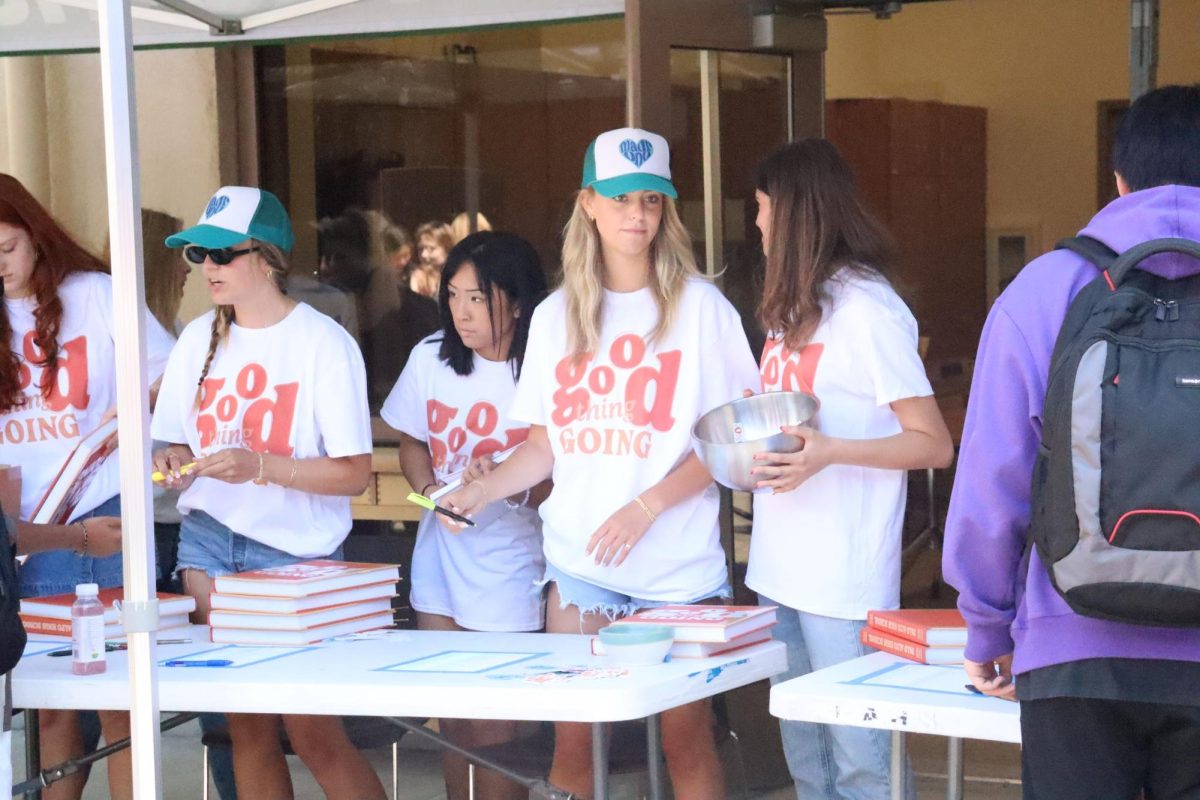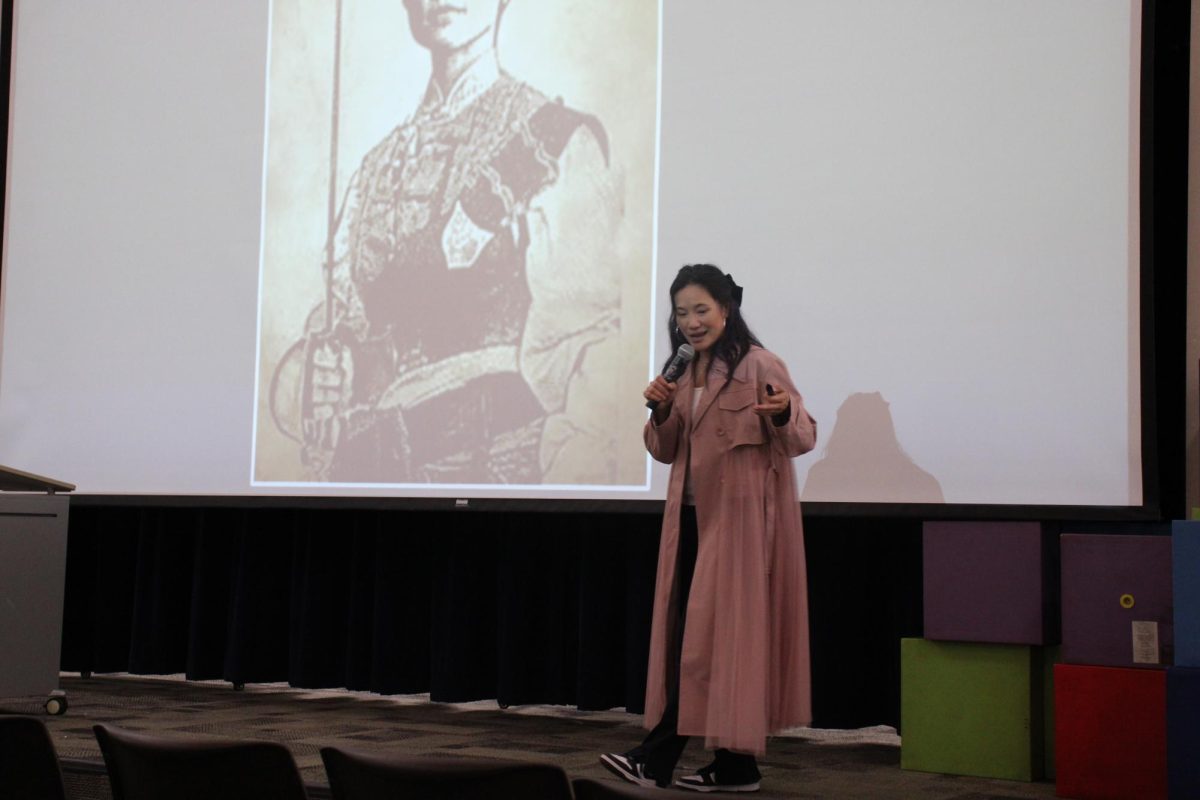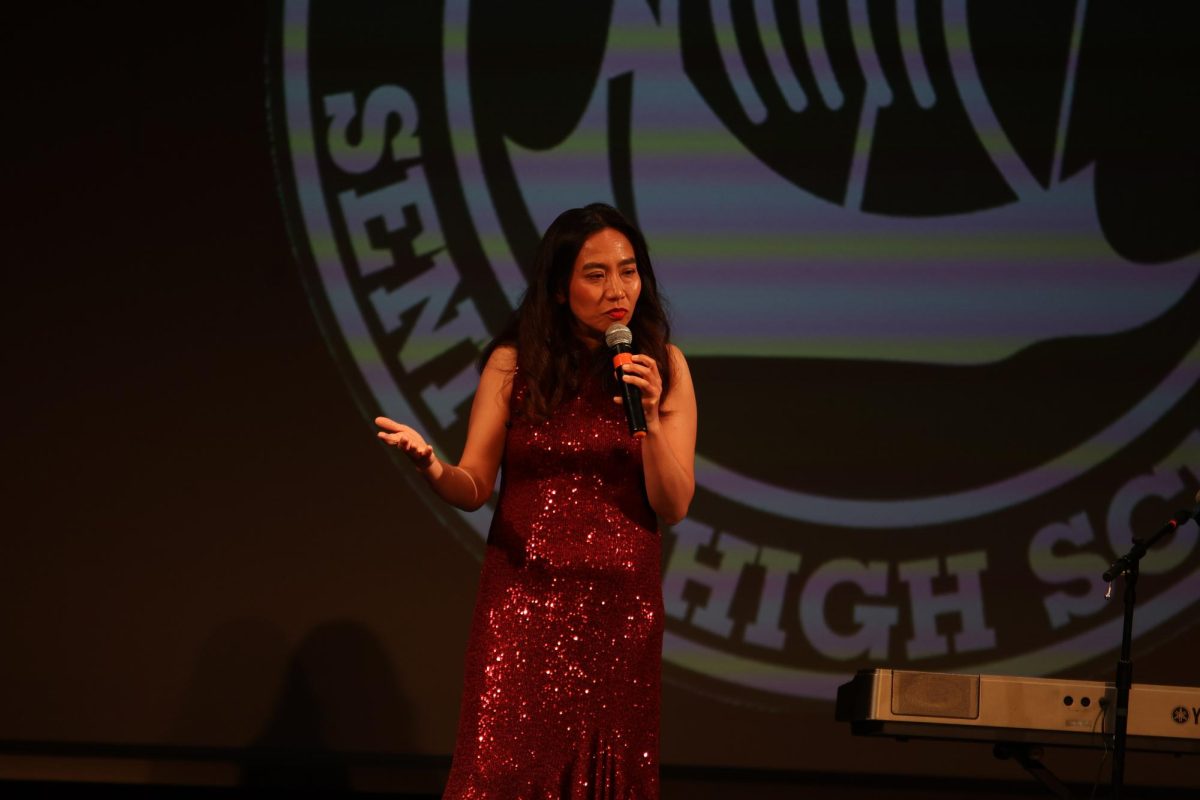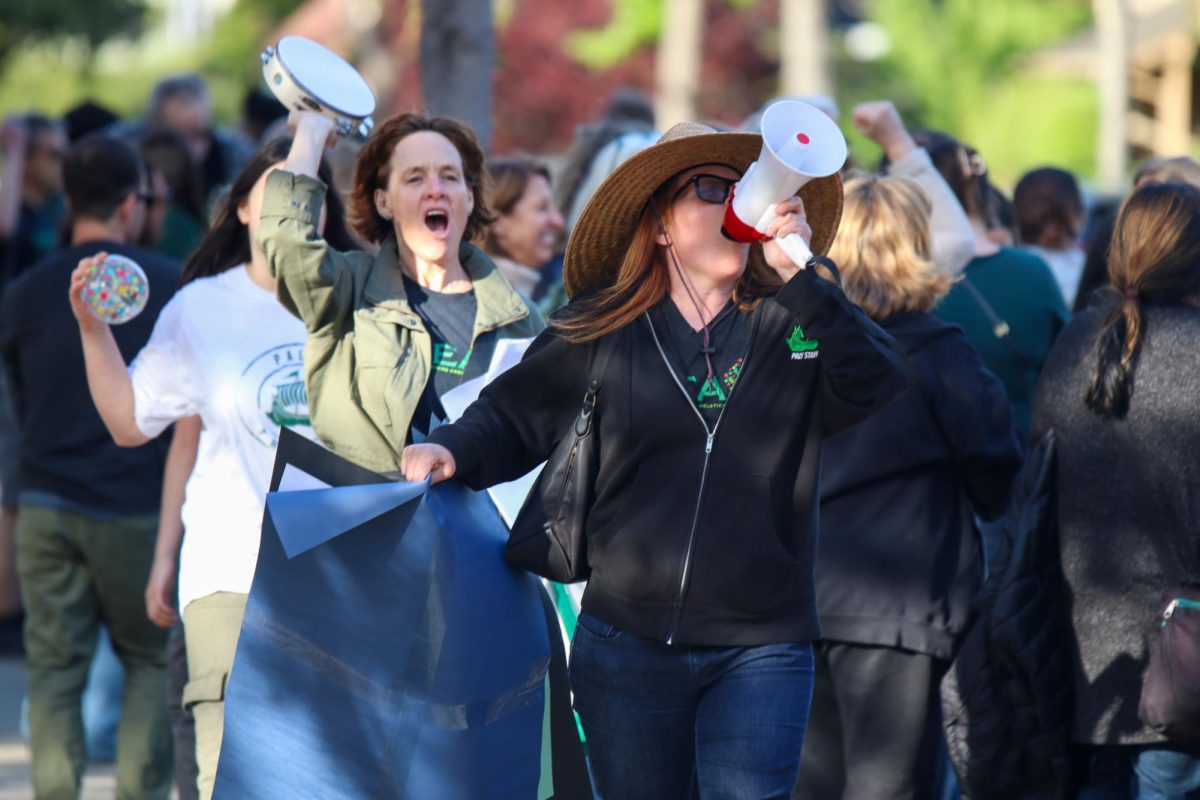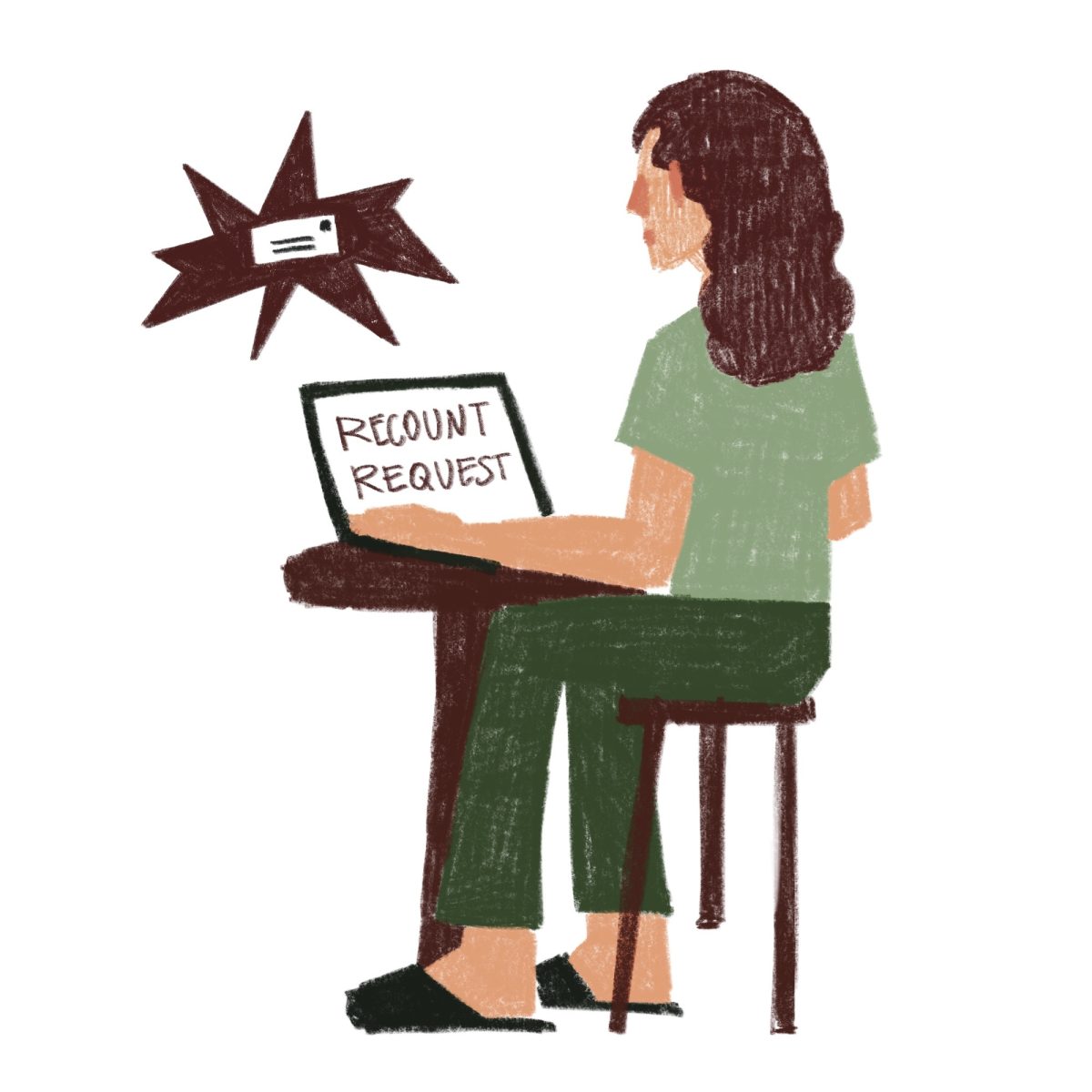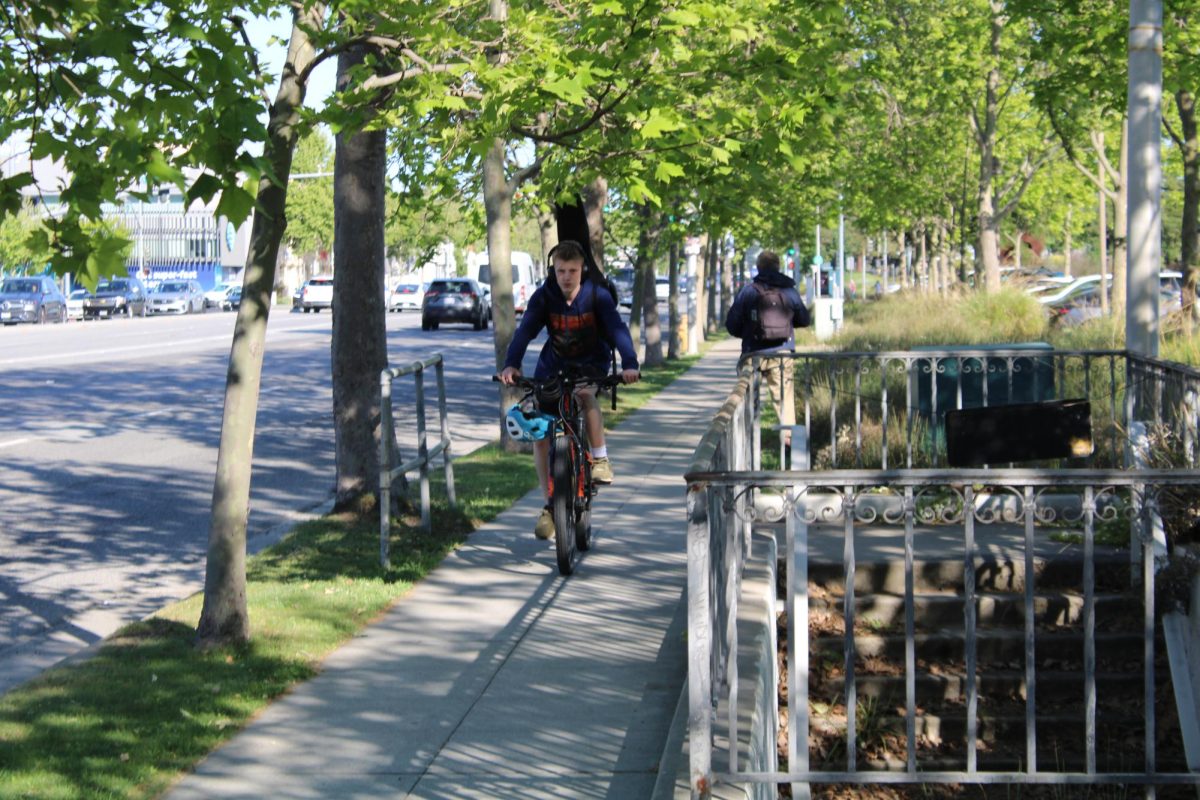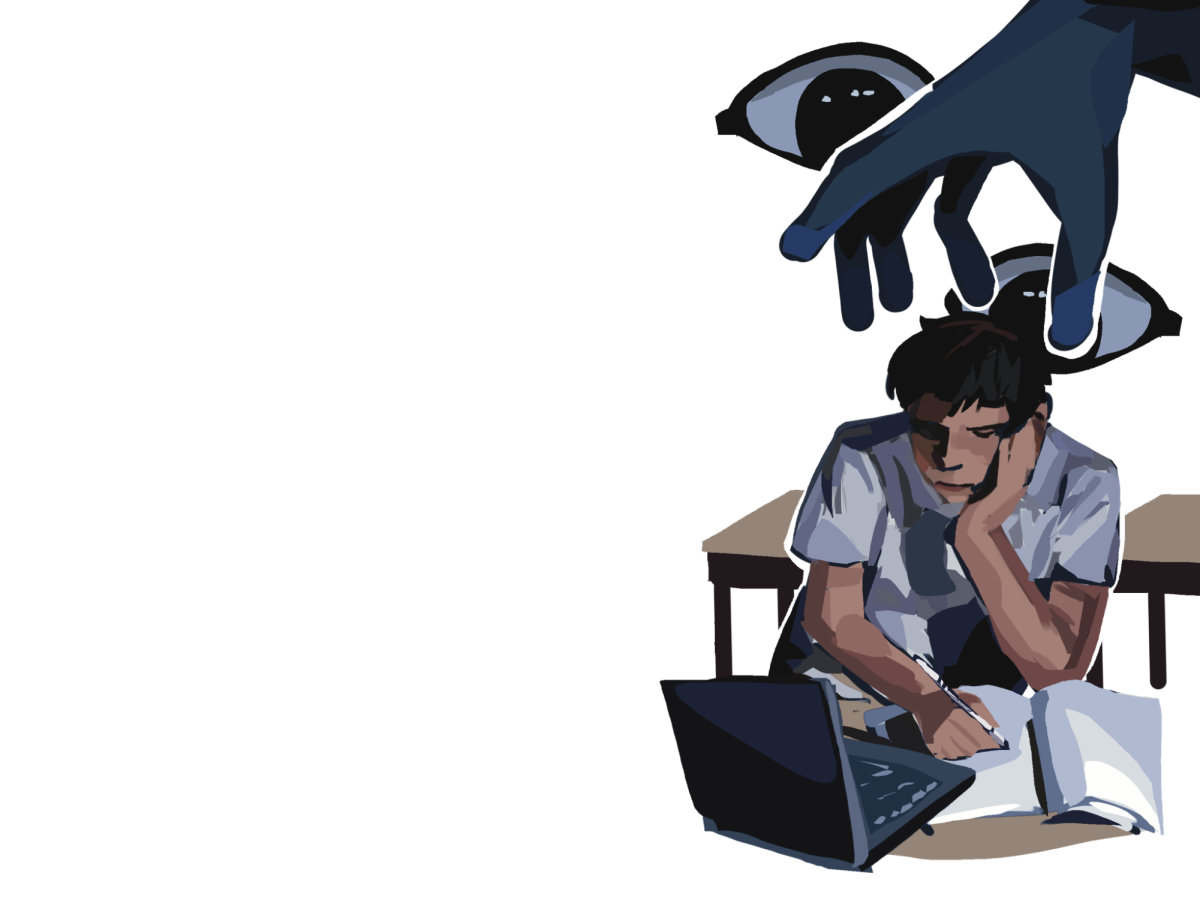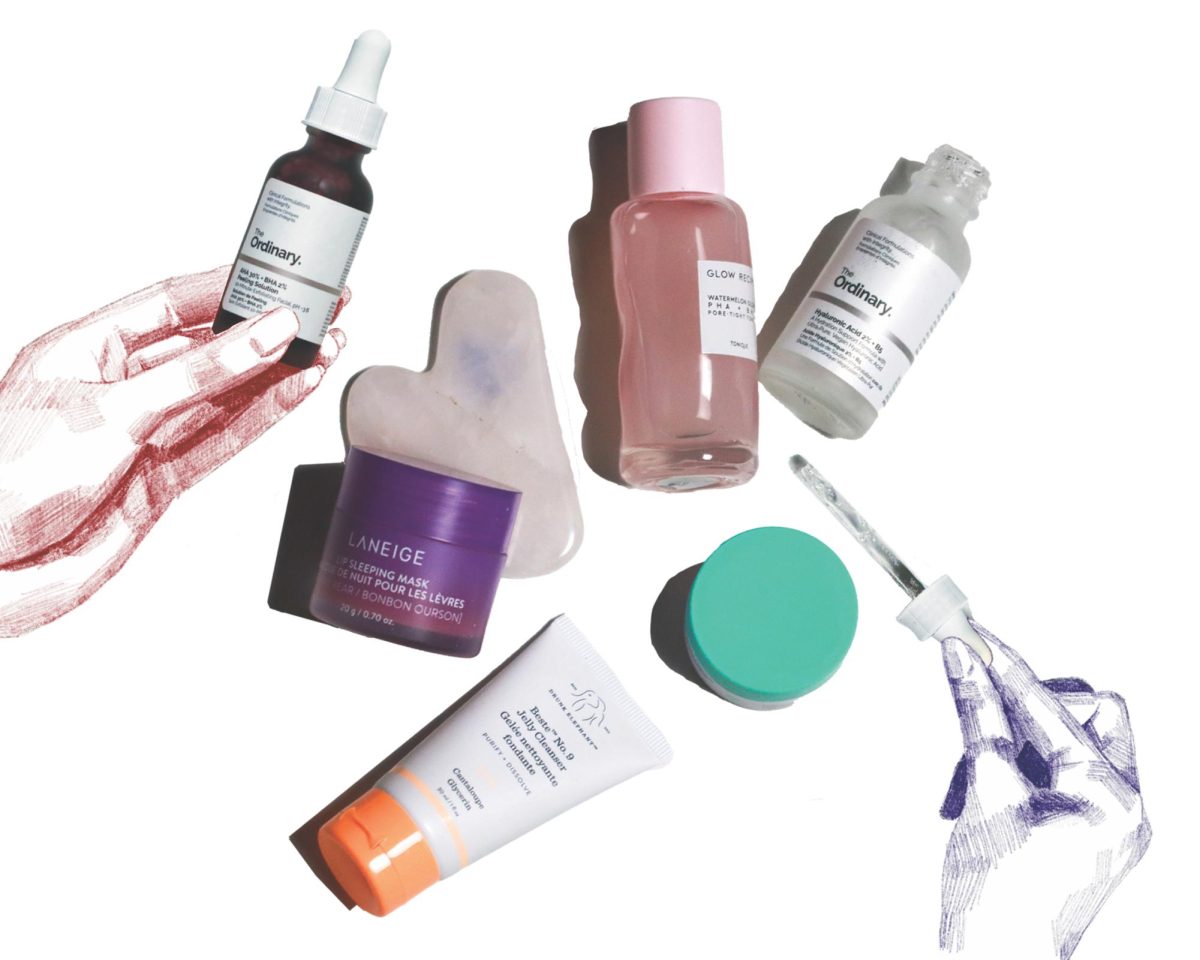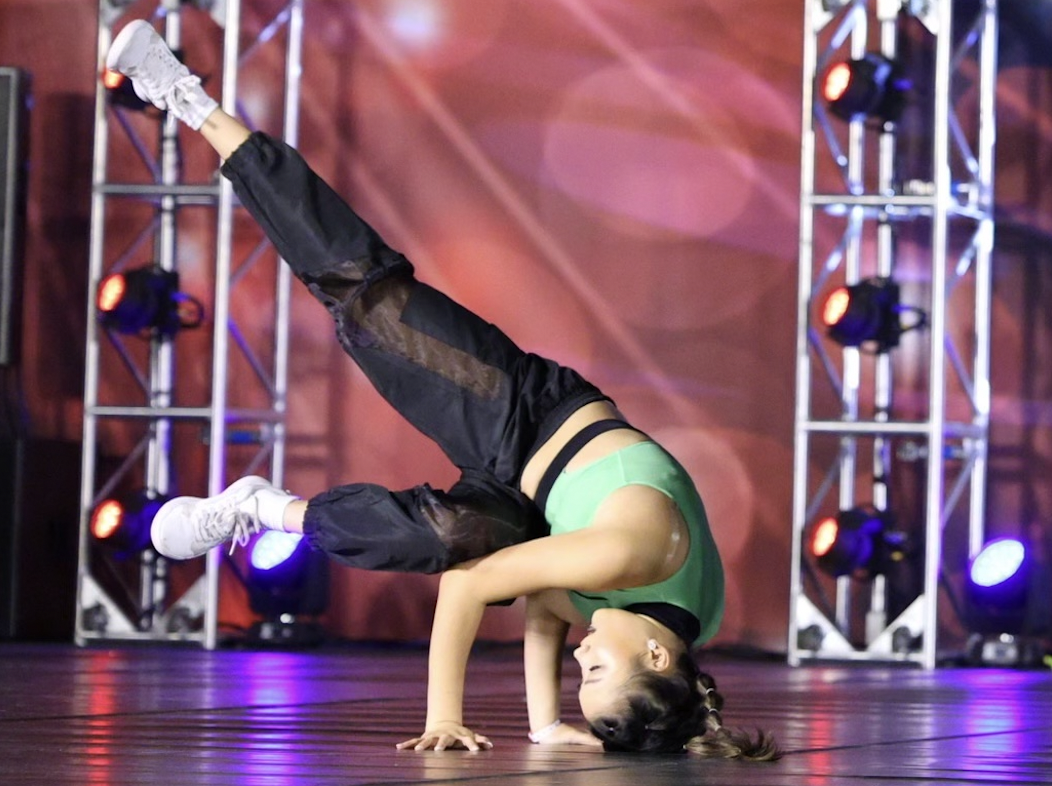Principal Brent Kline presented a new secondary school reopening proposal that outlines major changes to the initial hybrid learning model to the Paly staff on Wednesday, Nov. 4. A week later, at the Nov. 10 school board meeting, the proposal was unanimously passed, with only the student board representatives Medha Atla and Thomas Li dissenting in an advisory opinion.
In the approved proposal, secondary students will have the option to either stay in distance learning full time or begin hybrid learning on Jan. 7, the first day of second semester. This decision period will last from Nov. 11 to Nov. 18, and the selection families make is binding for the rest of the school year.
The proposed hybrid plan can accommodate about 40% of Paly students and will allow them to return to their English and Social Science classes on campus. If more than 40% of students express interest in hybrid learning, the district will use a lottery system to decide who will return to campus, Kline said.
At the Nov. 11 board meeting, Associate Superintendent of Educational Services Sharon Ofek said if a student does not respond to the commitment letter within the selection window, they will be placed in distance learning by default.
During the meeting, Superintendent Don Austin explained the three learning options contained in the commitment letter sent Wednesday Nov. 11. One option will be full hybrid learning, another full distance learning and a third option allows families to indicate a preference for hybrid learning but also say they are willing to give up their in-person seat if the hybrid option reaches capacity.
Many teachers, students and parents have raised concerns about the proposal including the fact that the decision is binding. Several teachers who did not want their names used said students need a trial period to see if hybrid learning works effectively for them. And Kline said specific data is needed in order for hybrid learning to succeed.
“We need to ensure that we have consistent commitment data so that we can accurately build a master schedule that accommodates both models,” Kline said.
The second semester bell schedule will have a longer, 55-minute lunch to accommodate hybrid students’ commute time between their home and the campus for online and in-person classes.
Students choosing to participate in hybrid learning are not guaranteed the same schedule nor teachers for the upcoming semester. Once the district knows how many students will choose in-person classes, they will create new schedules for all students, regardless of their choice of hybrid or distance learning.
When addressing concerns regarding whether students would be forced to drop courses, Ofek said that just like in a normal year, the courses at the highest risk of being cancelled are singleton courses. These courses are only taught by one teacher, during one instructional period. These classes cannot be split up into two sections, and it’s possible that some would not be offered under the current plan.
Ofek also said that — like in any year — the district reevaluates the enrollment status for all courses at the semester.
Board member Melissa Baten Caswell added that year-long singleton courses have just as low of a risk of being canceled as any other year-long class.
Kline said PAUSD+ and special education students will get priority in keeping the same schedules and teachers. Students in year-long classes and classes that fulfill graduation requirements will take scheduling priority over electives.
Site administrators at each school, Ofek said, will ultimately decide whose schedule takes priority. This applies to students who may not be struggling academically but may be dealing with mental health issues.
As far as safety is concerned, students will have designated entrances to campus and be placed in cohorts. These groupings will allow any potential COVID-19 cases to be isolated easily and result in a smoother transition to quarantine for the entire cohort. Students will also have to complete a daily health screener prior to entering campus. Once there, they will stay in cohorts of 30 to 60 students, according to the reopening plan.
Ofek said that each student learning within the hybrid format would only directly interact with around 14 other students in their period. Even so, students would be exposed to 30 to 60 others through contact with their teachers in their English and Social Science teachers.
Ofek also said in the event of a student testing positive for COVID-19, country guidelines require the entire cohort to quarantine. Hybrid students in quarantine cannot transition to distance learning — a student in quarantine must complete make up work as if they were absent during a normal year.
As an additional safety measure, students will only be allowed to participate in one activity — such as sports or PAUSD-sponsored after-school programs — before or after school.
Students and staff will be required to wear a face mask at all times and desks will be placed six feet apart. Upon entering the classroom, students will use alcohol wipes on their desk daily. Classrooms will also have plexiglass dividers between desks.
Livestreamed classes will not be an option for second semester.
“In places where we have reached out to, (livestreaming) is not going very well,” Ofek said. “Or it’s not necessarily what people thought it would be. (It’s) very stressful and very impactful on student learning experiences, because they are not getting their needs met.”
Yolanda Conaway, Assistant Superintendent of Equity and Student Affairs, said efforts were focused on creating a hybrid plan instead of refining a distance learning plan or exploring livestreaming because of the equity implications of solely teaching remotely.
“There is no (single plan) that will solve the equity issue — what will solve the equity issue is how we use the time (and) support that we have,” Conaway said. “Any plan that we adopt (has to be centered) around equity to make sure we meet the needs of our students.”
Ofek also said that the district did not adopt the plan proposed by the teachers union because the union did not take into consideration county health guidelines, and it relied on the staff to voluntarily offer opportunities to come onto campus.
Even so, all Memorandum of Understanding agreements made between the board and the PAEA in the reopening plan will be met.
Despite the complications and controversy this proposed program has generated, Kline said he is confident it is the best and safest one for staff and students.
“We know that many of our teachers and students are concerned for the health of our teachers who would return to in-person learning,” Kline said. “Once new student schedules are created, we will focus our efforts on supporting each teacher during this transition.”
Ofek said many details of the plan have yet to be determined — including whether siblings will be in the same cohort, which English or Social Science electives upperclassmen in hybrid will take and how programs such as TEAM and Social Justice Pathway will function.
“We are running on a simulation model,” Ofek said. “It’s important to note that we are aware of the complexities and are proposing this as a path forward because we think we can do it.”
This story was updated on Nov. 12 to reflect the latest information.

